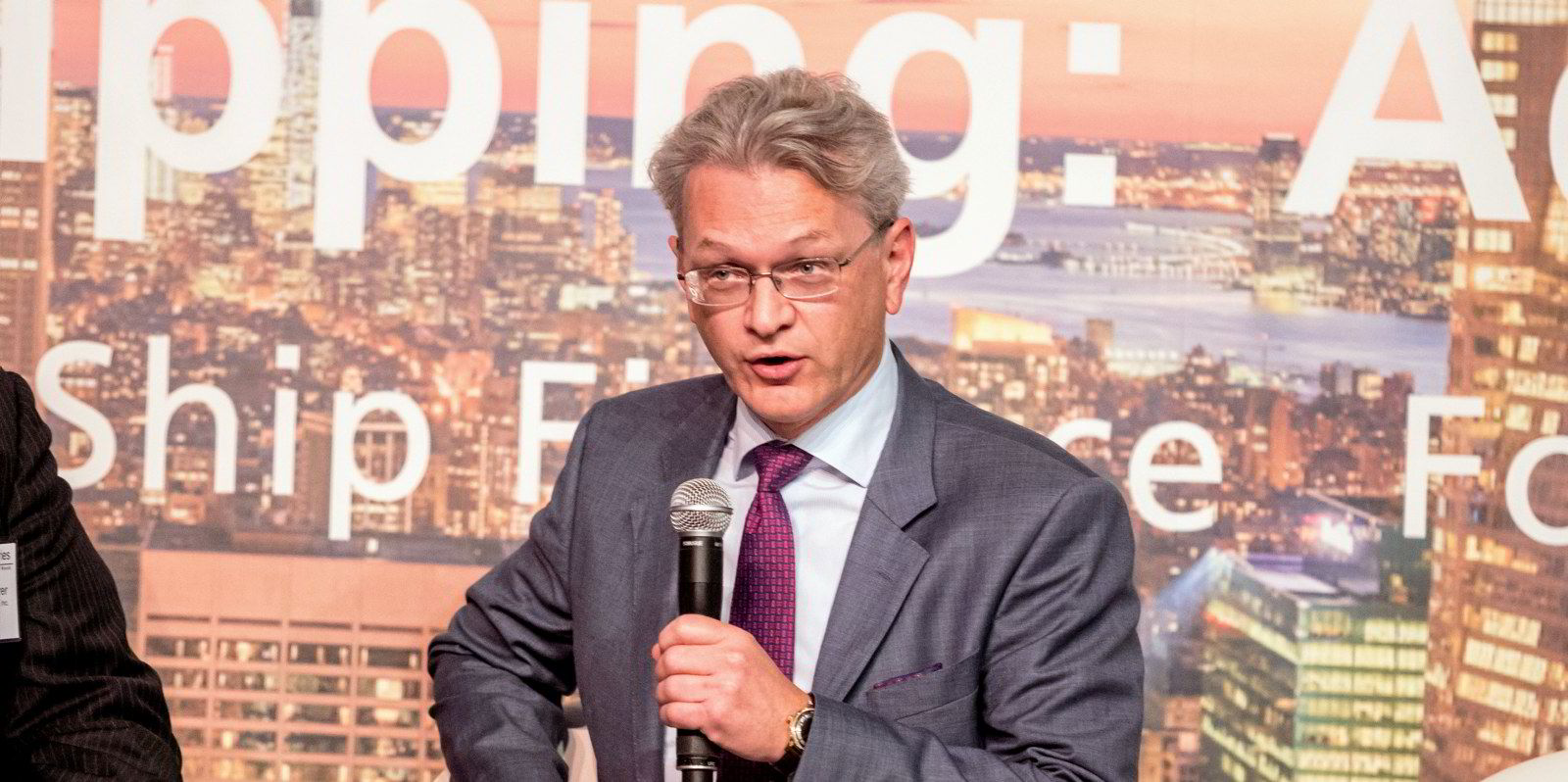John Fredriksen’s sale-and-leaseback company SFL Corp has emphasised the importance of considering a 10-year cycle when planning where to spend its money.
Chief executive Ole Hjertaker told a conference call with analysts that he remains “sector-agnostic” in terms of new ship investments.
“We focus across the board in the maritime space, which is also reflected in our vessel mix,” he said.
“We look at transaction opportunities in all these segments in parallel. And just as an example, last year, we screened and modelled out transactions with an aggregate value of around $23bn, and we ended up doing only a small fraction of that.”
Hjertaker said there are many reasons for not doing a deal.
“It’s got to be the right counterparty, with the right asset. We are very mindful of new fuel and where that is driving and what kind of assets we want to own long-term,” he told the call.
He said available financing is also an important factor.
“We want proper returns as we do deals,” Hjertaker said. “If we would accept really low returns, we could have done, of course, a lot, lot more. So all this comes together, and it’s all about trying to deliver long-term value for shareholders. And we don’t guide on the specific allocation of capital between segments.”
SFL has invested in both energy shipping and the liner sector over its history, and has more recently moved into car carriers.
“We hope to build the business, but exactly which segment, we cannot say,” Hjertaker said. “In some sectors, there are relatively fewer long-term chartering opportunities, for instance, on the tanker side and the dry bulk side, but we find deals there as well, as you can see from our portfolio.”
Analysts focused on the short-term
Hjertaker said that when he talks to shipping analysts, they typically focus on just the near-term market cycle.
“And there, of course, you have the tanker market right now, near term, which has a record low orderbook, which is in many people’s sort of attention right now,” he said. “But of course, when we do a deal and say we look for 10-year charters, you have to look through the near-term cycles.”
But for SFL, Hjertaker said it is more important to look for the right technology, the right counterparty and the right structure that gives the owner a residual asset exposure or value at the end of the charter.
SFL reported a net profit of $16.9m, or $0.13 per share, for the quarter. This is down from $57.4m during the same period last year when earnings per share were $0.45.
Total operating revenue grew to $164.6m from $153.3m year on year.
The net result was impacted by non-recurring items including a $6.4m gain from the sale of vessels, net positive mark-to-market effects of $1.9m from swaps, $1m in negative mark-to-market effects from equity investments and a decrease of $200,000 on credit loss provisions.





